
iFixit Ends Samsung Collab, Questions Samsung’s Commitment to Repairs
Third-party repair company iFixit announced an abrupt end to its collaboration with Galaxy smartphone maker Samsung last week.

Third-party repair company iFixit announced an abrupt end to its collaboration with Galaxy smartphone maker Samsung last week.
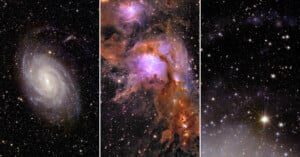
Nearly 10 months after its first successful test photos and six months after its first actual images, the European Space Agency (ESA) has finally released the first full-color science photos from its Euclid space telescope. The wait was worth it.

When it launched the S24, Samsung said it was planning on bringing its AI-powered features to previous releases. It already did so for the S23 family and today it went even further, as all of the Galaxy AI features are available to Galaxy S22 series, Galaxy Z Flip4, and Galaxy Z Fold4 as well as the Tab S8 series users in the U.S.
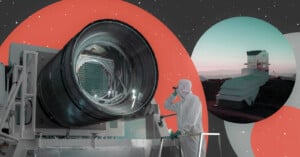
After more than two decades and a few delays, the Legacy Survey of Space and Time (LSST) Camera is finally built and ready to be sent to the Rubin Observatory in Chile, where it will capture 3,200-megapixel photos of deep space and help scientists unravel the mysteries of the Universe.
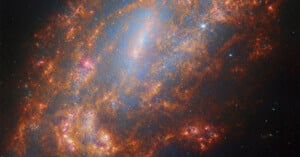
As scientists continue to use the James Webb Space Telescope (JWST) to do incredible things, like find the first direct evidence of a neutron star in a nearby supernova remnant, it also generates many beautiful images that are easy for anyone to appreciate. That's where the monthly Webb Picture of the Month comes in. This month's new photo is of the barred spiral galaxy NGC 1559.

When Samsung launched the Galaxy S24 and S24 Ultra last month, it introduced numerous new artificial intelligence features, all under the heading of "Galaxy AI." Although not without controversy, Galaxy AI is one of the S24's strongest features. Samsung has announced that a new One UI 6.1 update will bring numerous Galaxy AI features to older Samsung devices.

Just a couple of weeks after the S24 series of smartphones shipped, Samsung has announced that it will be updating them with what it calls "enhanced options" including the promise of better photography.
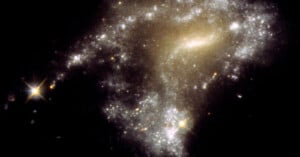
When galaxies collide, they don't necessarily destroy the stars within them. As NASA explains, contrary to popular belief, such a galactic "rough-and-tumble" actually triggers the generation of new stars and -- presumably -- planets.
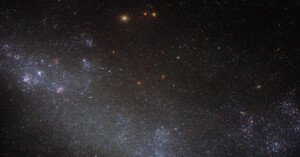
The Hubble Space Telescope's new Picture of the Week shows a remarkably dense field of stars. However, what at first glance looks like just a field of stars, spread somewhat irregularly through the frame, the photo shows a considerable portion of a galaxy.
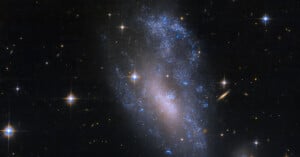
The spiral galaxy UGC 3912 doesn't look like much of a spiral in a new image captured by the Hubble Space Telescope. Its unusual and distorted shape is due to a gravitational encounter with a separate galaxy.

With the recent release of the Samsung S24 Ultra, North America now has three premium-priced phones that happen to compete in a very similar way against each other. The Apple iPhone 15 Pro Max, Google Pixel 8 Pro, and Samsung S24 Ultra, all have state-of-the-art displays, HDR-compliant photos and videos, and a 5X telephoto lens to compliment the main and ultra-wide cameras.
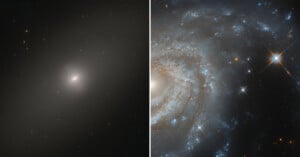
Not to be outdone by the James Webb Space Telescope and its beautiful new nebula image, the Hubble Space Telescope delivered a pair of fresh new space photos this week.
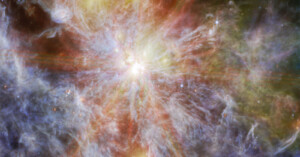
The James Webb Space Telescope set its sights on a region of ionized interstellar atomic hydrogen in the Large Magellanic Cloud (LMC) this week, delivering one of Webb's most colorful photos yet.
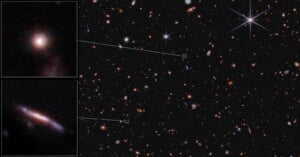
While the James Webb Space Telescope has been busy helping scientists solve some of the greatest mysteries of the early Universe, the powerful telescope has also found that many distant galaxies have flattened oval disk and tube-like shapes, unlike the spiral and elliptical structures that are more typically seen in closer galaxies.
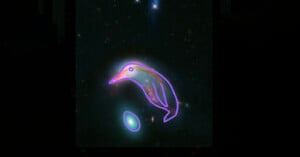
NASA has shared an image of a pair of galaxies that look like a penguin and its egg millions of light-years from Earth.
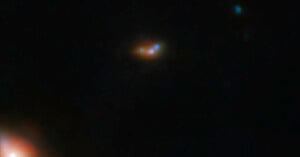
While the James Webb Space Telescope (JWST) has delivered many beautiful images, its primary mission is to probe the early Universe and help humanity solve some of the most significant questions it faces. Webb has delivered on this promise by revealing, for the first time, what is in the local environment of galaxies in the very earliest days of the Universe.

Curious about how Samsung approached the design of its new flagship smartphone, the Galaxy S24 Ultra? The PetaPixel Podcast team sits down with Samsung's Blake Geiser to learn more about what makes this little phone tick.

The strategic partnership between Qualcomm and Samsung has borne more fruit with today's announcement of the Samsung Galaxy S24 series smartphones. The trio of new handhelds are powered by Qualcomm's most advanced chipset yet, the Snapdragon 8 Gen 3 Mobile Platform.
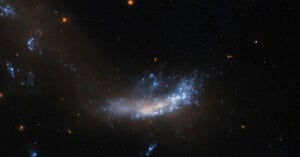
150 million light-years from Earth, a relatively small galaxy, UGC 5189A, was the site of a massive supernova, a super-powerful star explosion.

Samsung will host an Unpacked event on January 17 focused on "Galaxy AI," which likely means a mobile-focused launch with an emphasis on Galaxy smartphones and, presumably, the company will launch the S24 series.
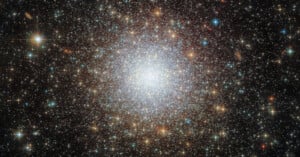
A striking new Hubble image shows NGC 2210, a marvelous globular cluster in the Large Magellanic Cloud (LMC). The ancient cluster is 11.6 billion years old and a satellite galaxy of the Milky Way, meaning that NGC 2210 is gravitationally bound to Earth's galactic home.
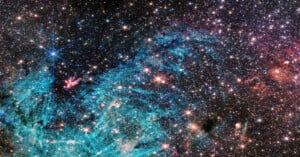
The latest image from the James Webb Space Telescope reveals an incredibly dense region of the center of the Milky Way galaxy in unprecedented detail, showing never-before-seen features of Earth's neighborhood that astronomers still cannot explain.
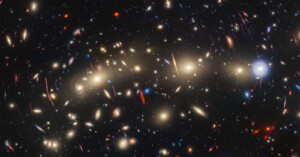
Despite the somewhat familiar narrative that the James Webb Space Telescope has been built to supplant the aging Hubble Space Telescope, the two orbiting observatories regularly collaborate. Scientists have now combined data from Hubble and Webb to create the most colorful view of the Universe ever.

I recently made a ten-day timelapse video on two smartphone cameras of my hometown of Manhattan Beach, California, for multiple sunsets, moonrises, flowing clouds, and all sorts of stuff the naked eye rarely gets to see.
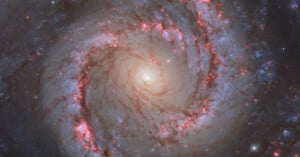
NASA's Hubble Space Telescope is often overshadowed by the shiny new observatory in the room, the James Webb Space Telescope, but its latest photo of a gorgeous spiral galaxy is a nice reminder that ol' reliable can still impress.
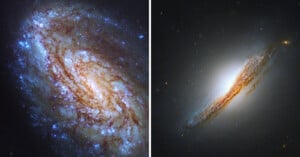
Each day this week, NASA has been publishing a new galaxy image captured by the venerable Hubble Space Telescope. In addition to sharing fascinating information about some of the most interesting galaxies in the universe, each post has also been a visual treat.
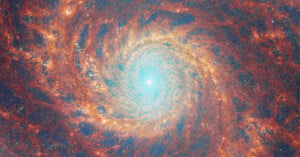
The James Webb Space Telescope's Mid-InfraRed Instrument (MIRI) and Near-InfraRed Camera (NIRCam) have captured the graceful, well-defined bending arms of the grand-design spiral galaxy M51, also known as NGC 5194.
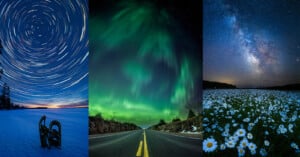
Peter Baumgarten is an award-winning nature photographer, educator, and OM SYSTEM Ambassador based on Canada’s Manitoulin Island. The island’s dark sky location provides Baumgarten with stunning nature and minimal light pollution, which allows the photographer to capture bright stars, the Milky Way, and northern lights from right outside his front door.
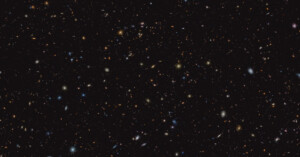
"Among the most fundamental questions in astronomy is: How did the first stars and galaxies form?" NASA writes. The James Webb Space Telescope hasn't been in space long, but it's already delivering critical insights into this monumental question.
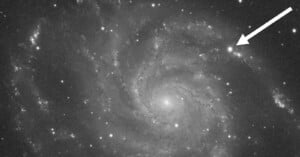
The largest supernova seen in over a decade just exploded (from the perspective of observers on Earth), and one lucky photographer managed to capture it in a before-and-after sequence of photos.